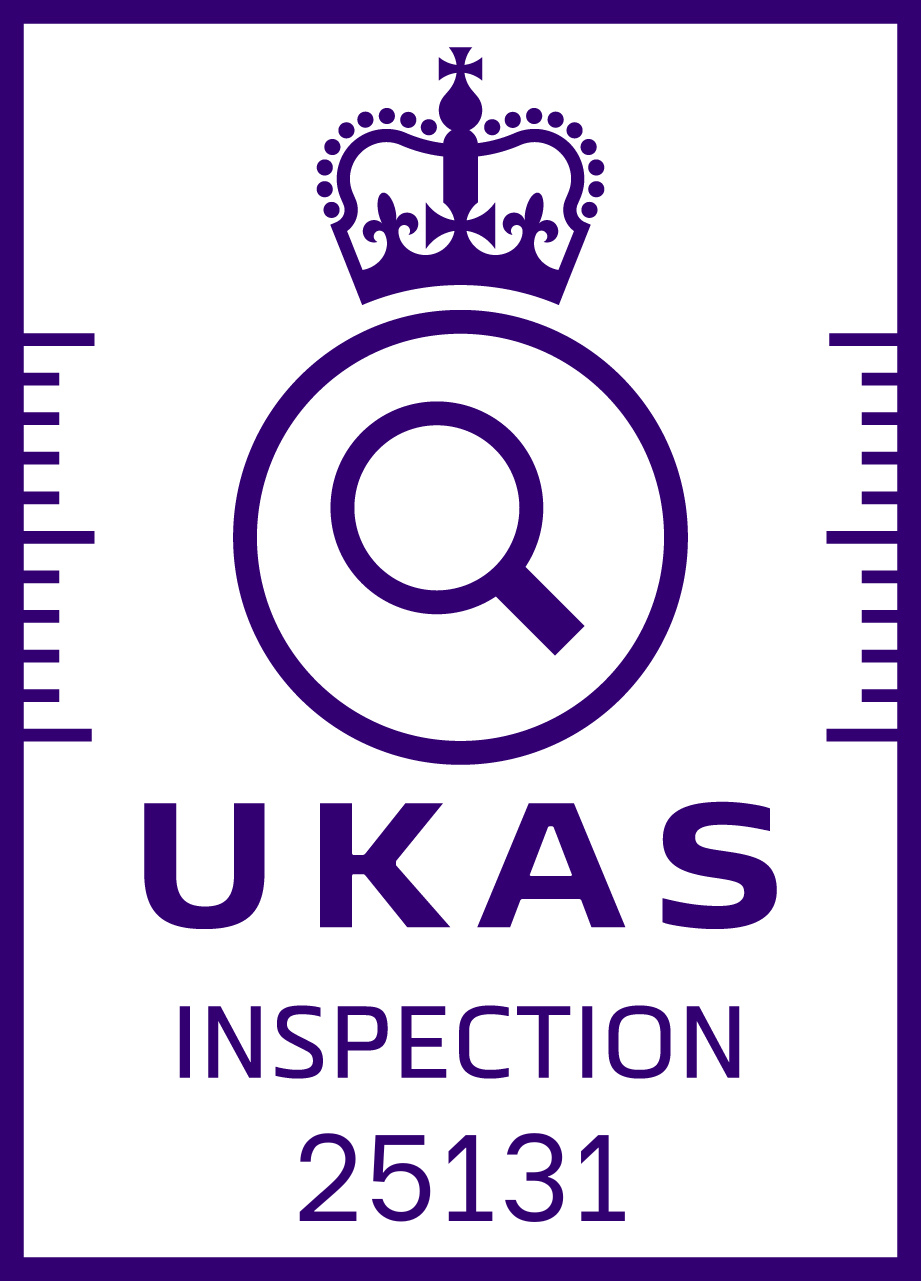The Chartered Institute of Environmental Health has expressed disappointment about the lack of engagement from the Health and Safety Executive (HSE) around its new 10-year strategy.
The Strategy sets out HSE’s strategic direction for the next decade, citing that protecting people and places will be at the heart of everything it does as a regulator. The new strategy sets out a refreshed set of priorities for HSE that also reflect added responsibilities, including establishing the Building Safety Regulator and extending its role in chemical regulation.
The core principle of the new strategy remains to ensure that those who create risk take responsibility for controlling risk; those who fail to do so will be held to account and bear the cost. The key strategic objectives are:
- Reduce work-related ill health, with a specific focus on mental health and stress.
- Increase and maintain trust to ensure people feel safe where they live, where they work and, in their environment.
- Enable industry to innovate safely to prevent major incidents, supporting the move towards net zero.
- Maintain Great Britain’s record as one of the safest countries to work in.
- Ensure HSE is a great place to work, and that it attracts and retains exceptional people.
However, there has been disappointment about the lack of engagement and collaboration from HSE with local authorities, with opportunities to feed into the strategy and communication from HSE limited in advance of publication.
Tamara Sandoul, Policy and Campaigns Manager at CIEH, said:
“As HSE assumes its new role as the Building Safety Regulator, it will be performing a new and ever more vital safety function across Great Britain. It should therefore be funded appropriately by central Government to fulfil this important role.
However, we are disappointed that some of HSE’s key regulatory partners have not even been mentioned in its new ten-year strategy. Local authorities are key strategic partners for HSE – on both the regulation of health and safety in workplaces and in their new role as the Building Safety Regulator, through multi-disciplinary teams.
We would therefore have expected to see a bit more engagement with local authorities and other key stakeholders during the development of this important strategy. We hope that HSE increases its collaboration and joint working as more detailed plans are developed on the back of this strategy.”









